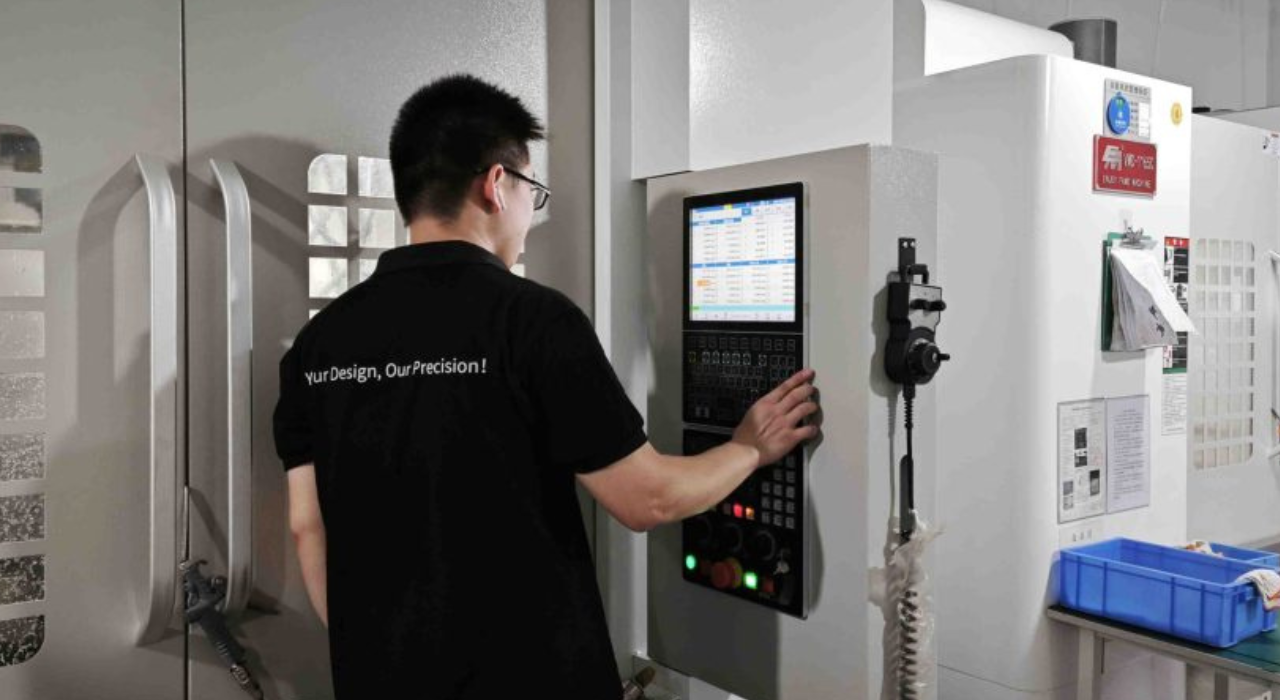Two-way radios are practical communication devices that enable effective, short-range communication between users. These radio-powered handheld gadgets are vital tools in a variety of industries, including public safety, construction, outdoor recreation, emergency response, and hospitality.
Two-way radios are particularly helpful in remote or disaster-affected areas where other forms of communication might not work because they don’t depend on cellular networks or internet connectivity like standard cell phones do. Within a predetermined frequency range, users can send and receive messages using these radios, which usually consist of a transmitter and a receiver.
Their design prioritizes robustness and ease of use, frequently incorporating shock resistance, waterproofing, and sturdy construction to endure demanding conditions. Furthermore, technological developments have resulted in the creation of digital two way radio, which provides improved security, clarity, and extra functions like text messaging and GPS tracking.
Types Of Two Way Radio
Here is detailed information about the different types of two-way radio:
Analog Two-Way Radio
The classic walkie-talkies that have been around for decades are analog two-way radios. For communication, they modify spoken signals into analog waves. These radios are simple, affordable, and provide dependable communication over a constrained area. They are perfect for security officers, small enterprises, and leisure pursuits. Simple design and operation characterize analog radios. They are suitable for short-range communication and have affordable prices.
Digital Two-Way Radios
With its cutting-edge digital technology, digital two-way radios have completely changed the business. When opposed to analog radios, they ensure a higher range and clearer, crisper audio quality by converting spoken impulses into binary code. Extra capabilities like text messaging, GPS tracking, and improved security standards are frequently included with digital radios.
They are extensively utilized in the public safety, manufacturing, and construction industries. Primary attributes: digital radio Compared to analog radios, this device offers longer battery life, clearer audio quality, and coverage even at the margins. Additionally, it improved GPS tracking and text messaging capabilities.
Portable Handheld Radios
The lightweight, portable handheld radios are made to be easily handled. Their frequent usage is seen in sectors including hospitality, retail, and event planning, where prompt communication and mobility are crucial. Dust, water, and impact resistance are just a few of the robust designs that these radios frequently have.
These radios are small, lightweight, and simple to operate. Both indoor and outdoor use is possible because of their robust features that ensure longevity.
Mobile Two-Way Radios
Professionals on the go can use mobile two-way radios, which are mounted in cars, as effective communication devices. Emergency services, law enforcement, transit, and delivery agencies all frequently use these radios.
Along with the capacity to communicate with other mobile radios and handheld radios, they also offer a longer range and better output power. These radios’ higher output power and vehicle mounting enable mobile professionals to use them over longer communication distances.
Base-Station Radios
Base station radios, sometimes referred to as fixed-mount radios, are fixed communication devices that are frequently found in dispatch centers, control rooms, and offices. They serve as the primary communication hub, establishing connections between different mobile and portable radios.
Wide coverage is provided by base station radios, which frequently have higher power output. These radios offer more channels and communication choices, together with a higher power output for wide coverage.
Intrinsically Safe Radios
Intrinsically safe radios are made especially for use in dangerous situations where there may be dust, vapors, or explosive gases. Regulatory agencies have classified these radios as intrinsically safe since they are designed to avoid sparking.
These radios are essential for safe communication in high-risk environments for industries such as mining, chemical plants, and oil and gas. These radios have been approved as inherently safe for use in dangerous situations has robust and long-lasting designs that stop sparking and possible fire sources.
Summary
When it comes to meeting specialized communication demands across different industries, the world of two-way radios has a wide range of alternatives. Making an informed decision requires knowing the differences between the many types of radios, from conventional analog to cutting-edge digital, and from portable handheld to fixed base stations. Employers and groups can create dependable and effective communication channels that improve output.













